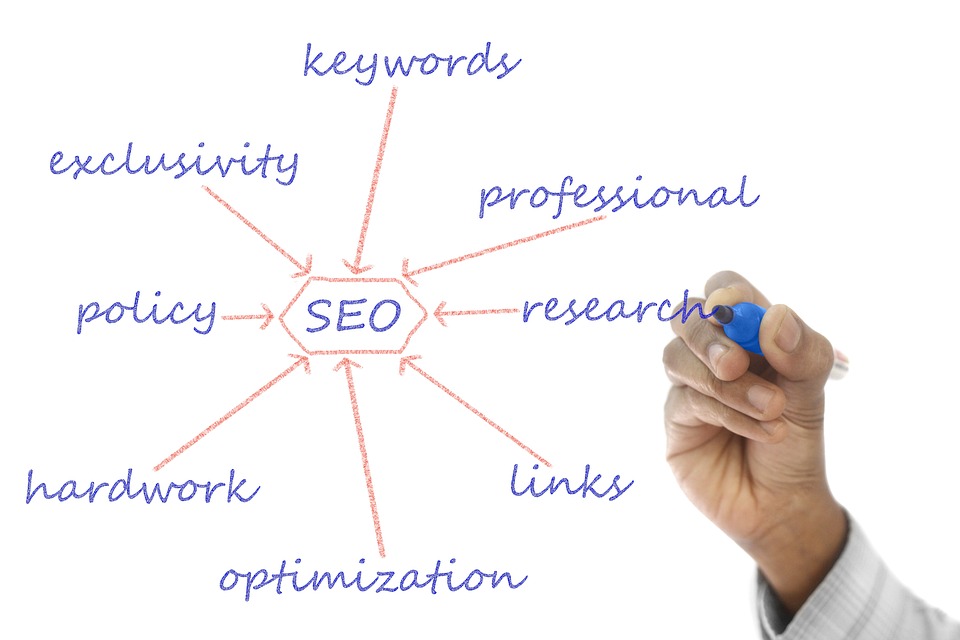Leadership 2.0: Unearthing Innovative Leadership Styles to Stay Ahead in a Dynamic Business Environment
Leadership has always been a critical factor in determining the success or failure of businesses. However, traditional leadership styles may no longer be sufficient to navigate the complexities of today’s dynamic business environment. As we enter the era of Leadership 2.0, it is necessary to unearth innovative leadership styles that can help organizations stay ahead. In this article, we will explore the evolving nature of leadership and discuss three key emerging leadership styles that can drive success in the face of constant change.
Adaptive Leadership: Leading Through Uncertainty
Gone are the days when leaders could rely on predictability and stability. In today’s volatile business landscape, leaders must be adaptable, ready to pivot at a moment’s notice. Adaptive leadership emphasizes the ability to navigate through uncertainty and complexity while maintaining focus on the organization’s goals. It requires leaders to cultivate a growth mindset, encouraging continuous learning and experimentation among their teams. By embracing adaptive leadership, organizations can respond effectively to unpredictable disruptions and seize new opportunities in the ever-changing market.
Servant Leadership: Putting Others First
While traditional leadership often emphasizes authority and control, servant leadership takes a different approach, putting the needs of others before their own. This style fosters a culture of empathy, collaboration, and empowerment. Servant leaders prioritize the growth and development of their team members, creating an environment where individuals can thrive and contribute their best work. By leading with humility and a focus on others’ success, servant leaders inspire loyalty, build high-performing teams, and ultimately drive greater organizational success.
Transformational Leadership: Inspiring Change
In a rapidly evolving business environment, leaders need to inspire change and motivate their teams to embrace innovation. Transformational leaders have a compelling vision and the ability to communicate it effectively to their employees. They inspire others through their passion and enthusiasm, creating a shared sense of purpose and direction. These leaders empower their teams to challenge the status quo, encouraging creativity and taking calculated risks. By fostering a culture of innovation and continuous improvement, transformational leaders play a pivotal role in driving organizational growth and adaptability.
Conclusion: Embracing Leadership 2.0 for Success
The business landscape is constantly evolving, demanding leaders who can navigate ambiguity, put others first, and inspire change. By adopting innovative leadership styles such as adaptive leadership, servant leadership, and transformational leadership, organizations can position themselves for success in the dynamic business environment of Leadership 2.0. These leadership styles, with their focus on adaptability, empathy, and innovation, enable businesses to stay ahead, drive growth, and thrive amidst uncertainty. To remain competitive, leaders must embrace the changing paradigms of leadership and equip themselves with the skills and mindsets necessary to lead in the new era.











